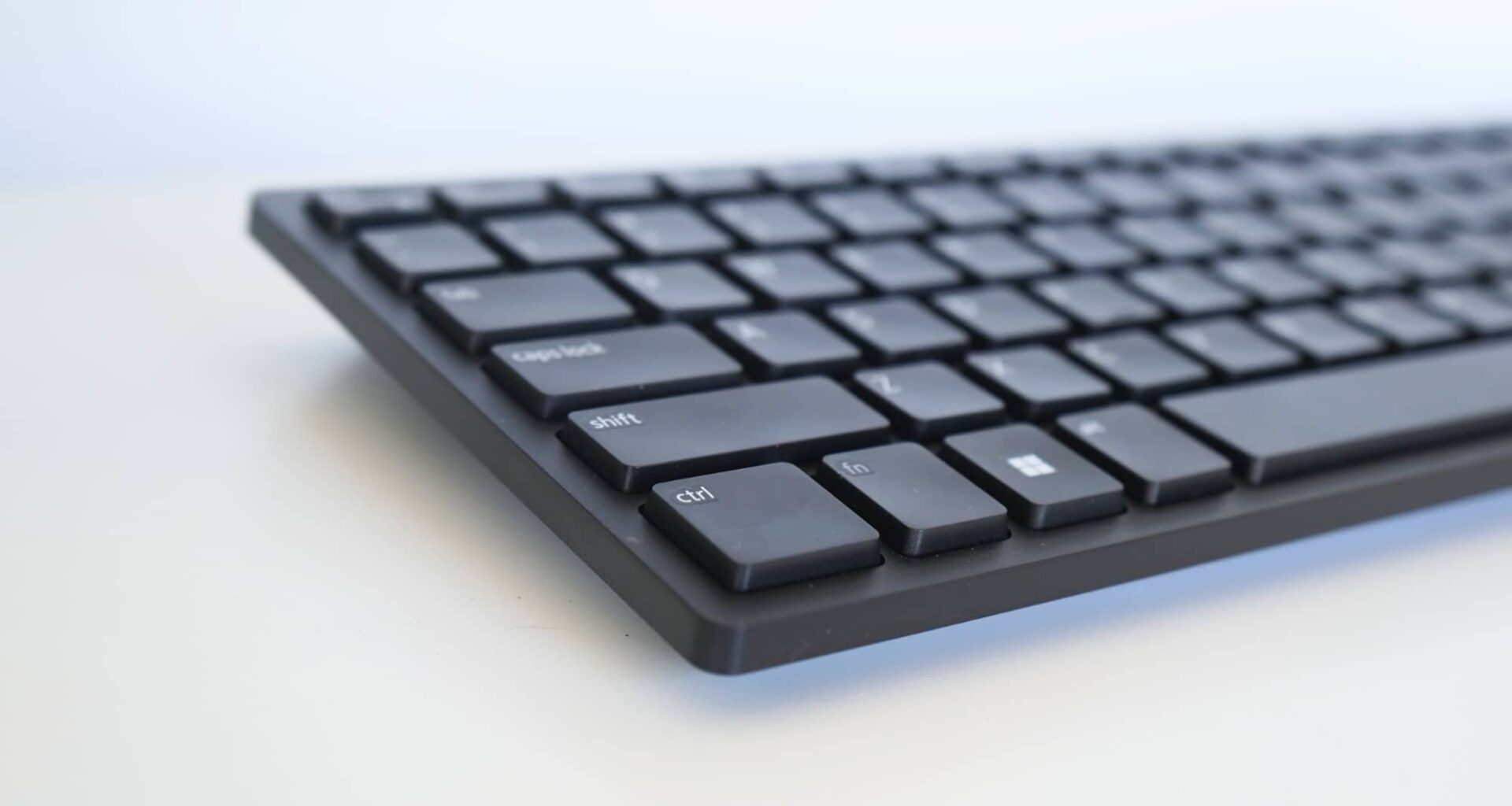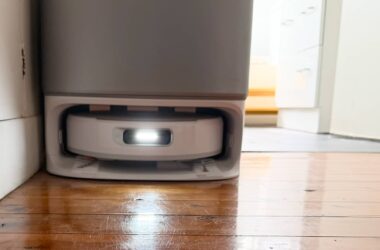Quick review
The good
The not-so-good
Can a modern work-day keyboard really be quiet? The Dell Silent Keyboard aims to be. Is it a keyboard you’ll want in your life?
Clack, clack, clack; the sound that you’re imagining is the sound of frantic and frenetic typing for anyone getting work done. It is unmistakable and these days just about as loud as it possibly could be, which in an office environment can be really jarring.
Even in a work from home world, loud functional keyboards can be irritating, particularly if you’re trying to listen to an abundance of silence or even just some calming music.
Keyboards make noise, that’s just what they do. Much like how sticking together is what good waffles do, making noise as you type is what good keyboards do. You can hear each stroke nail its intended mark, imparting the confidence that you won’t need to spellcheck quite as voraciously.
But what about a keyboard that doesn’t make noise: do they even exist? Dell has been working on one, and it certainly gets some of the way there.
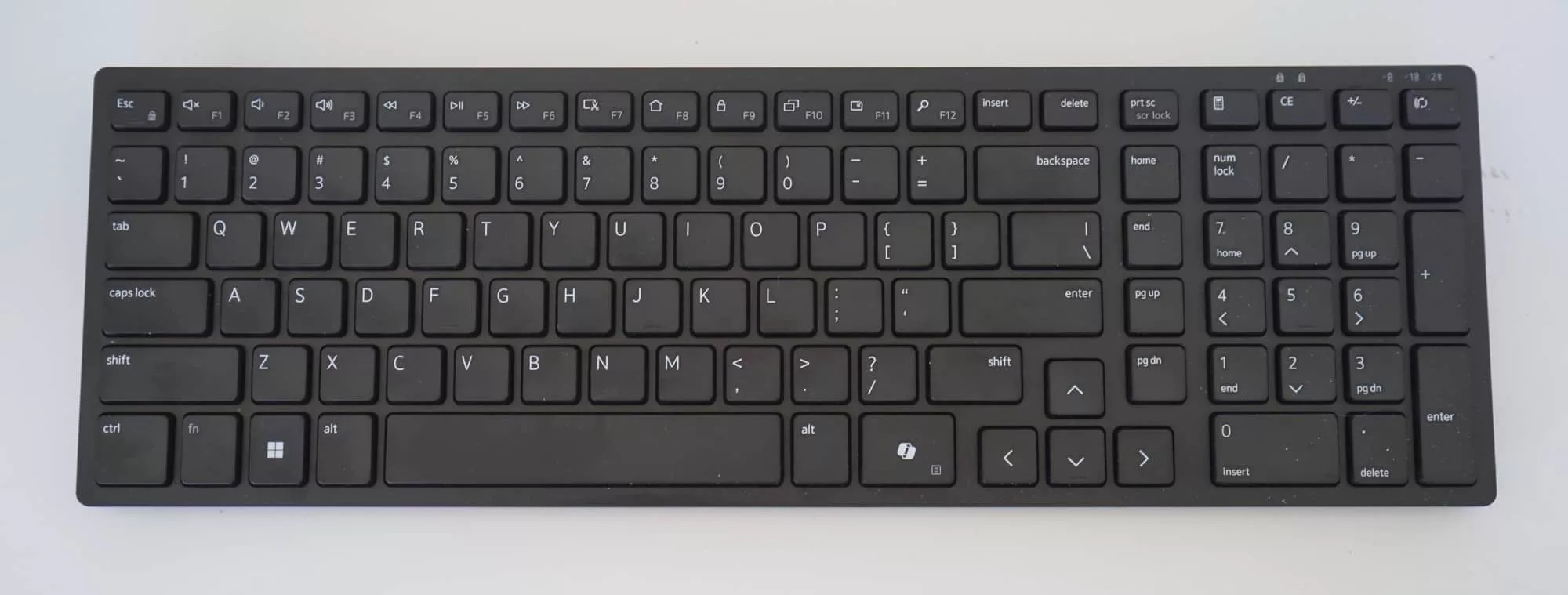
What is the Dell Silent Keyboard?
Literally in the name, the Dell Silent Keyboard KM555 is a variant of peripheral where the keys and key presses aim to be silent, or very difficult to hear.
In an era where mechanical keyboards are available in both gaming and office productivity settings, the clack clack clack can be a pain pain pain.
With that in mind, Dell has produced a keyboard with a softer sound, and paired it with a mouse for folks who typically expect to buy one and get the other for free.

What does it do?
Arriving with support for a USB-A wireless receiver as well as Bluetooth, the Dell Silent Keyboard KM555 relies on batteries which it comes with, using a single AA for the mouse and two AAAs for the keyboard. There’s no recharging this keyboard, because you need batteries.
Fortunately, it works with every major operating system, though the CoPilot key lets you know that it’s clearly built for Windows first and foremost.
Setup is easy: choose Bluetooth if you have it and switch to channel two, or opt for the digital radio connection with the USB-A dongle included in the box with the mouse.
We grabbed the keyboard and mouse, and opted for Bluetooth, helping us jump straight into using both. No software needed, just connect and go.
And that is roughly it, allowing you to type and get on with your life, hearing whether the silent keyboard is indeed silent.
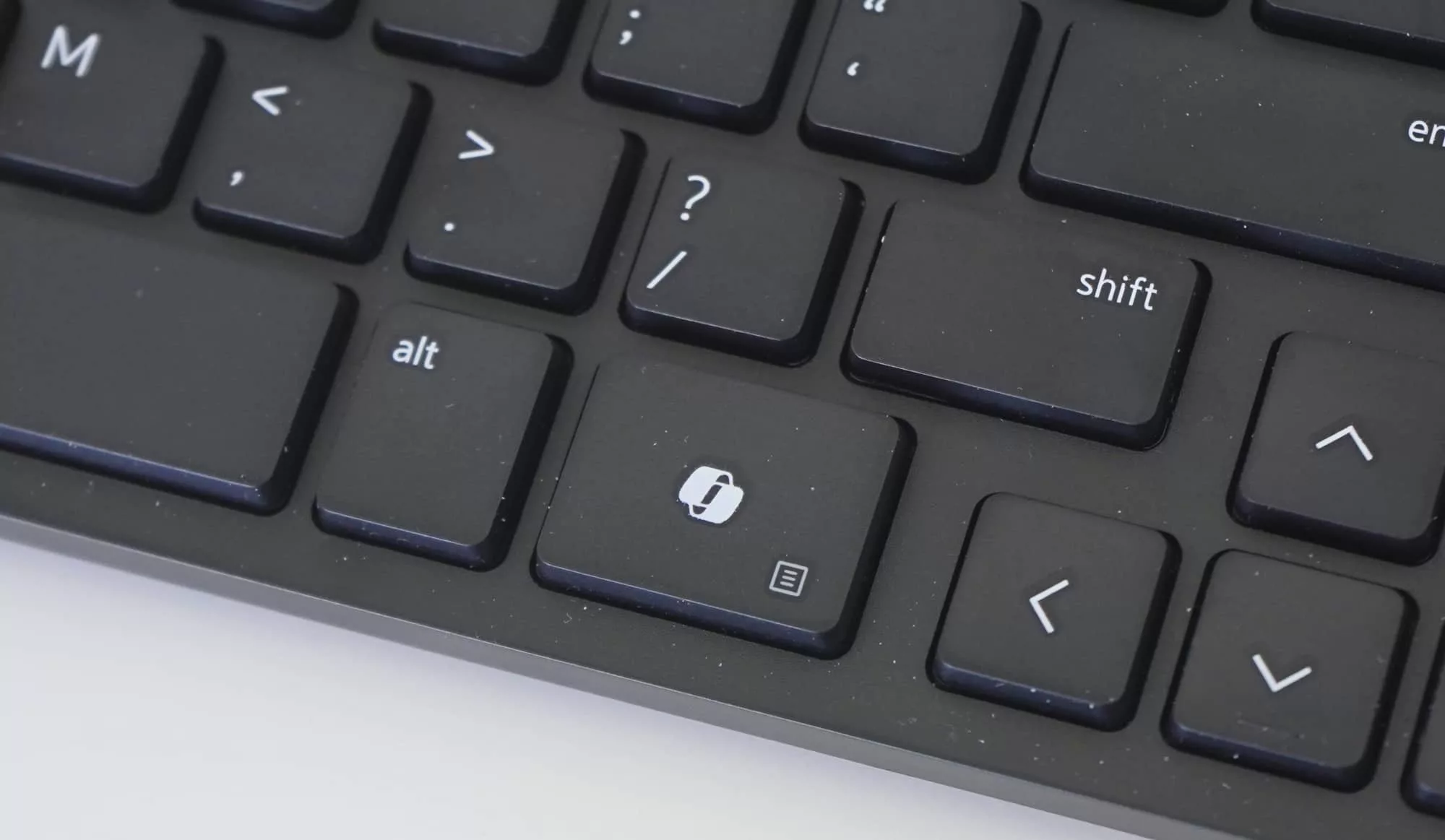
Does it do the job?
Connected and typing, the keyboard delivers most of what you might want from a full keyboard, though without the middle keys.
The key configuration is just a little out of kilter for this journalist and reviewer, who normally relies on a full-size Mac keyboard, but is also happy on smaller keyboards, too.

Where the KM555 is different is with the home and page keys, which are a slim column to save space, which throws things out just a little.
The result is a keyboard that looks near to what you may expect, but isn’t entirely the same. It could take some getting used to, that’s what we’re saying.
As for the sound, the Silent Keyboard isn’t totally silent, but it’s definitely a whole lot quieter than other keyboards today. So much that we’ve recorded the sound of both it and the regular Apple Magic Keyboard we use, both typing an identical bit of test text.
What does it need?
While it definitely works as a keyboard and fits the brief for being quiet, the Silent Keyboard never manages to feel as solid as other external keyboards we’ve experienced. Even Dell’s Precision and XPS laptop keyboards manage a more solid typing experience.
The keys are really soft to press, and though they work, you never really get that satisfactory competition as the key strikes down. The travel is there but the click is soft, rather than being firm and comfortable, almost as if you’re typing into a pillow or a wad of gum.
It just feels like it could be better and firmer, but that might be the sacrifice one makes for being as silent as possible.
The mouse is also quieter in volume and handy for that reason, but is also only a two button mouse and quite small, at that. It’s definitely geared more for laptop owners, and we found ourselves running back to the safety, control, and design of mice in the Logitech MX Master range.

Is it worth your money?
Priced at just under $100 in Australia, the Dell Silent Keyboard isn’t badly priced for keeping the sound down, even if aspects could be better.
There are definitely better keyboards out there, and they come from the regular players: the Apple keyboard is better, as are models from Logitech, and even more gaming-focused makers, too.
But are any silent? The answer to that is more of a loud and resolute no. The question is whether paying slightly less for a silent but too-soft keyboard is a better value than spending a little more for a better keyboard that makes a little sound. We’d probably choose the latter.
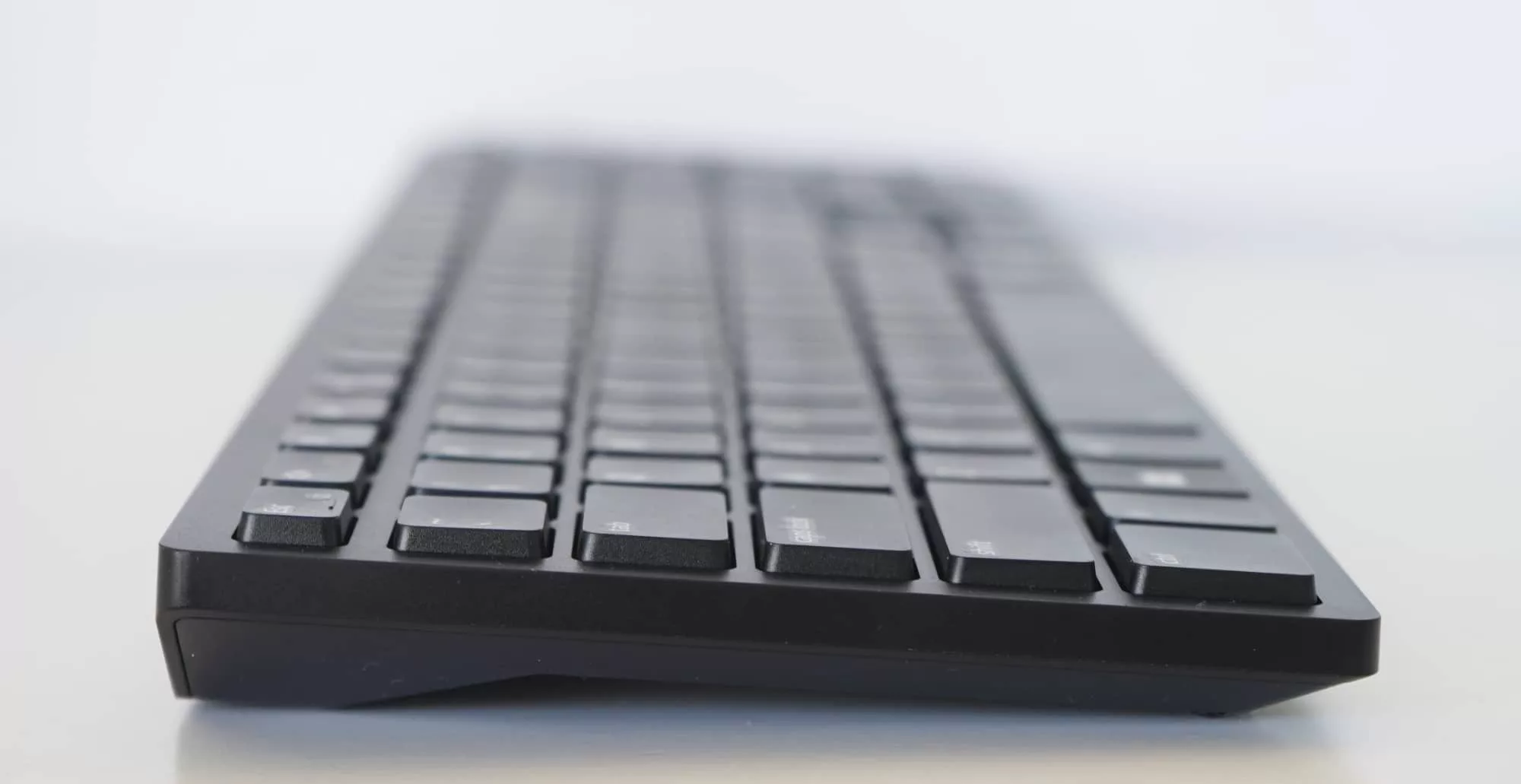
Yay or nay?
For folks who can’t live with the noise, however, Dell’s Silent Keyboard offers something few keyboard makers are openly advertising: quiet.
You’ll definitely get a quieter keyboard with the KM555 Silent Keyboard. As to whether it’ll be more comfortable long-term, that’s a compromise you’ll need to be prepared to make.



